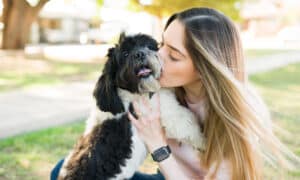“This post contains affiliate links, and I will be compensated if you make a purchase after clicking on my links.”
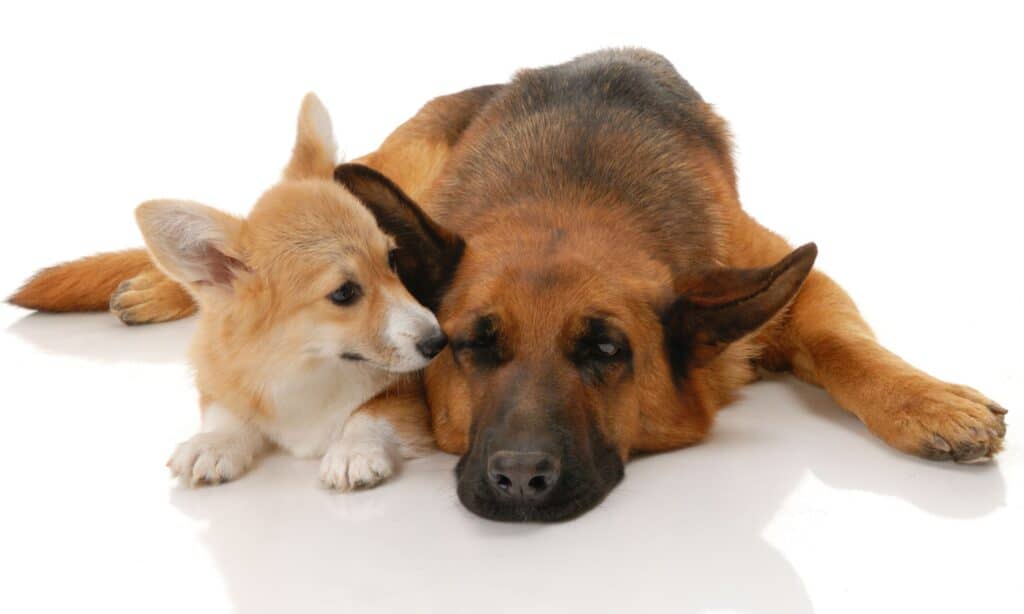
Understanding how to select a second dog and guarantee dog to dog compatibility is essential. How well your present pet welcomes a newcomer is determined by age, health, sex, genetics, instinct, size, personality, and so on.
Some dog breeds are more accepting of other dogs, while others are outright aggressive. The safety and well-being of your new puppy and older dogs must be addressed before introducing the new one to the other dog.
It’s easy to tell when two dogs are connected. They may frequently cuddle and play. Most of the time, one dog is more attached to the owner than the other. If you take them for a walk outside separately, the dog who is left behind will become stressed and yelp and whine.
Getting a second dog can be one of those times when things don’t go as planned. You might even come to regret getting a second dog. This is why you must carefully consider whether getting a second dog is the best choice for you and your current dog.
Certain breeds go along together. Here, we list out the dog breeds that get along well with other dogs.
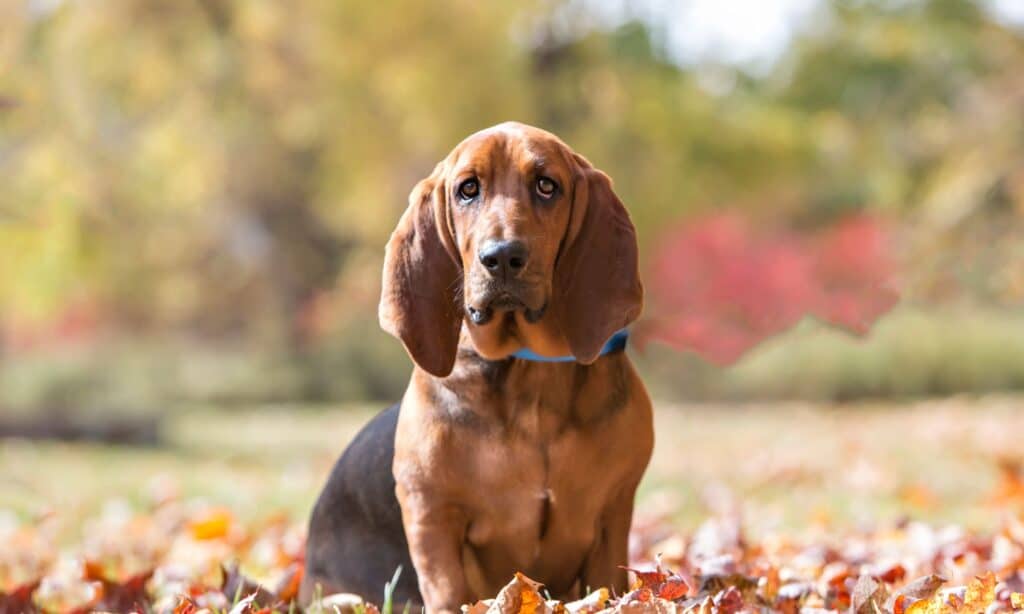
Basset Hound
The basset hound is a sociable and easygoing breed of dog. Because they used to hunt in groups, they generally get along well with other dogs and pets. Bassets are social animals who also get along well with children. Although they are quite intelligent dogs, bassets are difficult to teach due to their stubbornness. Unlike other breeds of dog, the Basset Hound welcomes other family pets, particularly dogs in their owner’s house.
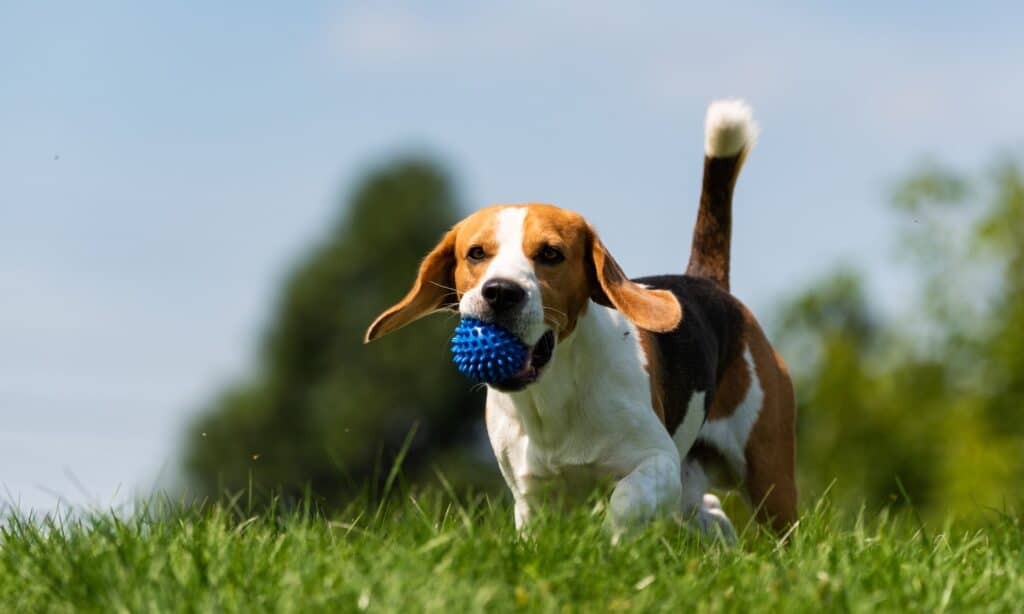
Beagle
Beagles are friendly, loving dogs that get along well with most other dogs. They have a sociable personality and were bred to thrive in packs. Because they are high-energy dogs who enjoy company, they usually welcome a new dog into the home with open arms. It’s essential to be cautious about how you introduce your Beagle to other dogs. Make sure your Beagle gets plenty of socialization, and he’ll quickly make friends with your new dog. It’s best to walk the two dogs together in neutral territory. Bring them inside after they’ve gotten to know each other.
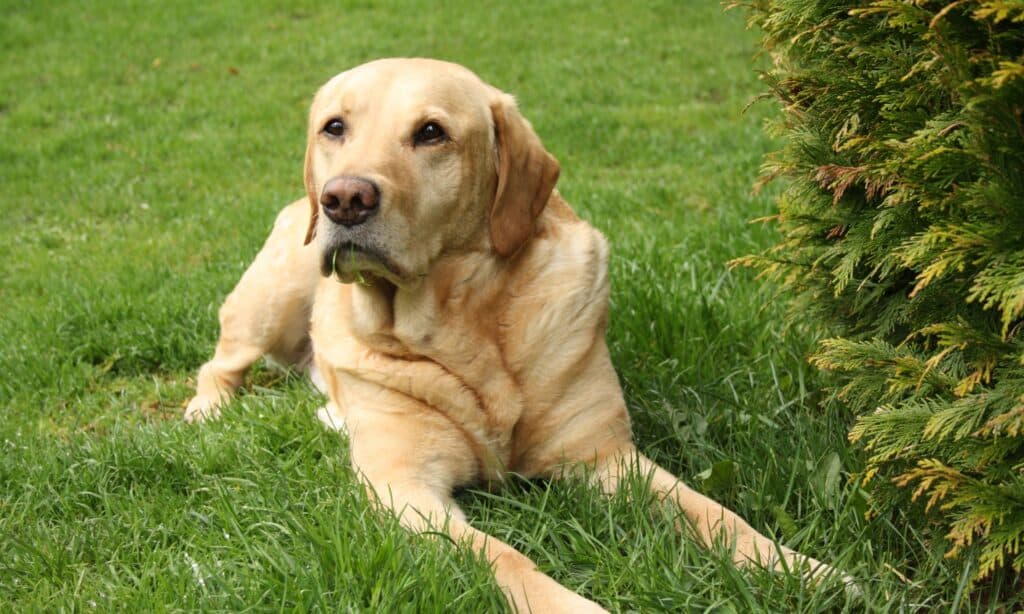
Labrador Retriever
Labrador retrievers make excellent family pets because they get along with almost all types of dogs and even cats. When it comes to socializing with other dogs, you’re unlikely to be disappointed with a labrador retriever because they’re easy going and friendly to everyone, even when it comes to befriending others. Labradors are energetic and very playful. Golden retrievers, Beagles, Boston terriers, Boxers, Bouviers, Havanese, German shepherds, and Pugs are a few of the dogs that get along well with Labradors.
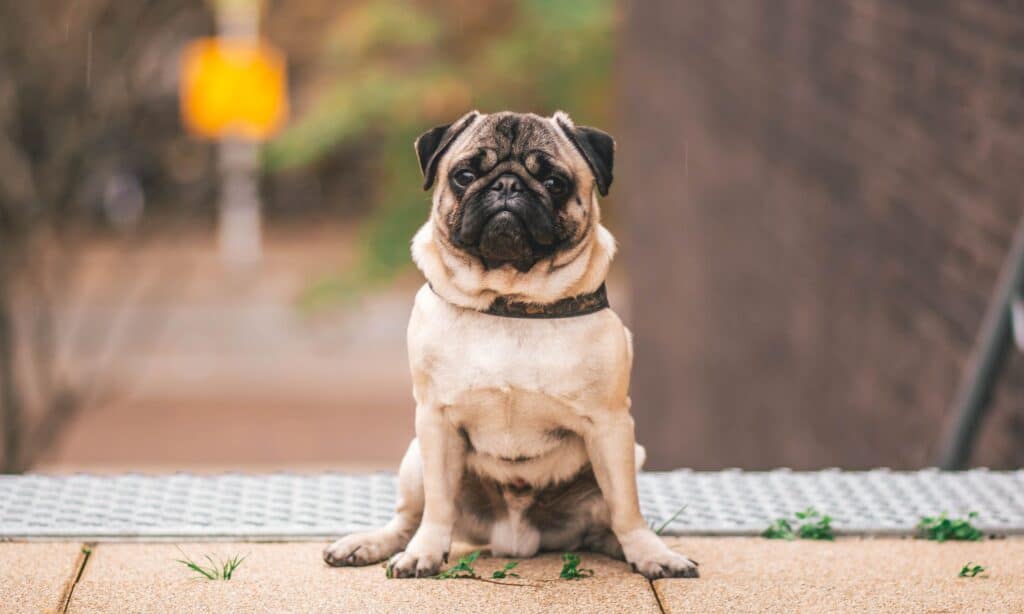
Pug
Pugs are naughty, silly, and playful. They like having a good partner in crime with them. They get along nicely with other dogs and children, especially if they are trained and socialized from a young age. Pugs are incredibly popular and easily identified, owing to their distinctive flat faces and bulging, expressive eyes. Additionally, they are social dogs selectively bred to be companion dogs; due to their gentle personality, they get along well with other pets and family members. Pugs are best partnered with other toy dogs due to their small size and the risk of accidentally hurting any toy breed when paired with a large breed.
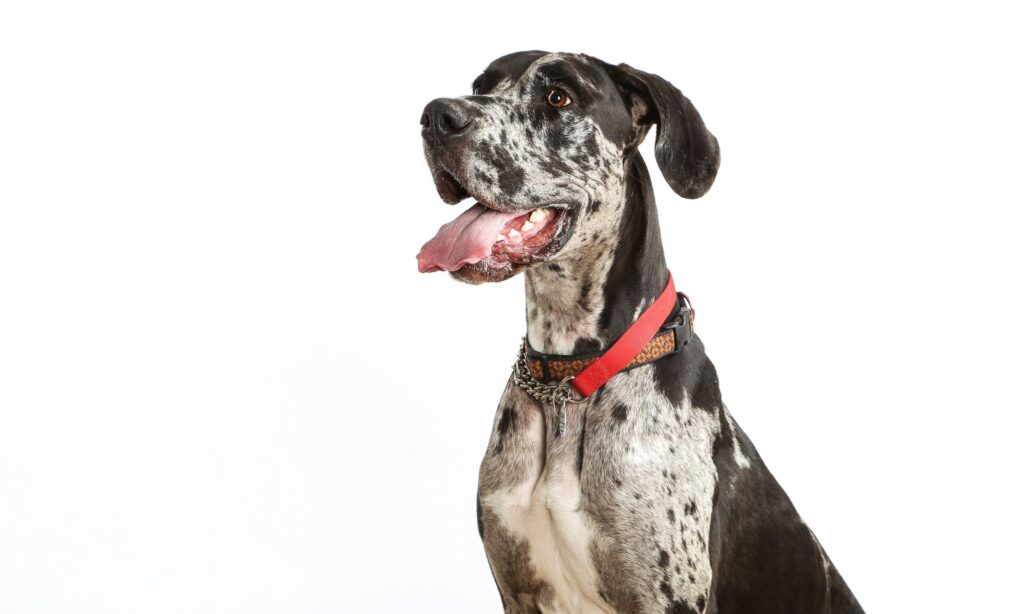
Great Dane
Great Danes are another breed that may appear intimidating due to their massive size. They are, nevertheless, gentle giants, similar to St. Bernards. They’re adorable, loving pets. They also make excellent family pets since they get along well with other dogs and humans. Great Danes normally get along with other animals, especially if they were raised with them, although some individuals of the breed can be aggressive with dogs they do not know.
Some dogs who were never properly socialized may struggle to adjust to another dog in the house, particularly if they don’t know how to communicate with other dogs. However, with proper guidance and positive reinforcement from their human companions, dogs can adapt, learn to get along, and even enjoy each other’s company.

